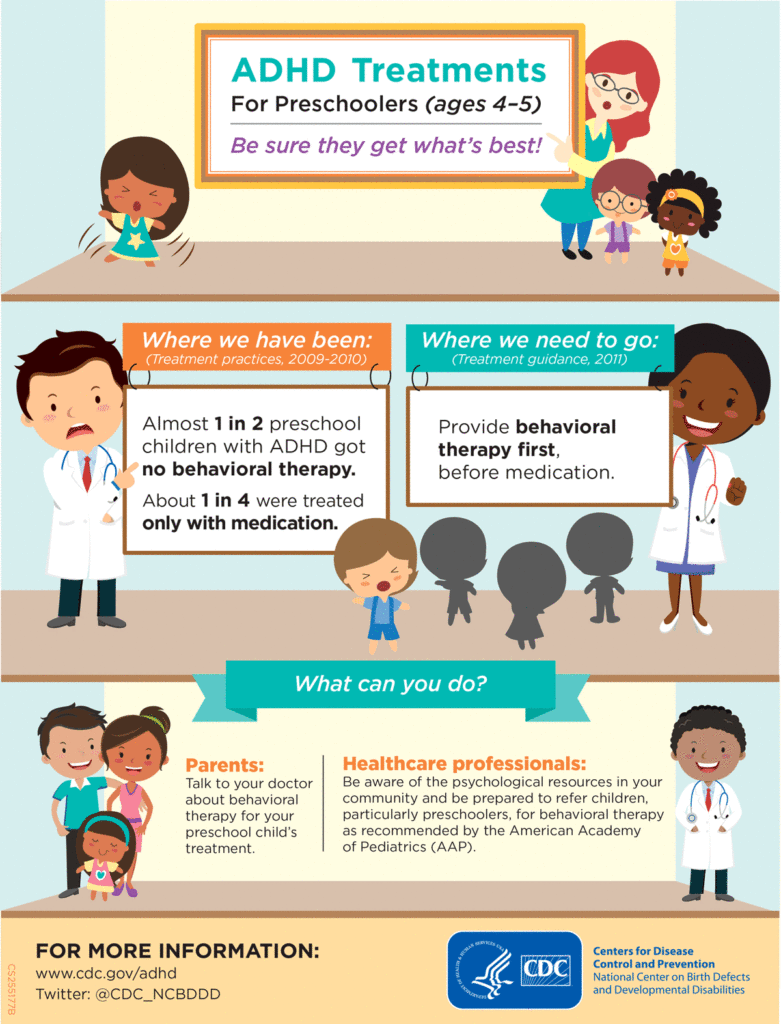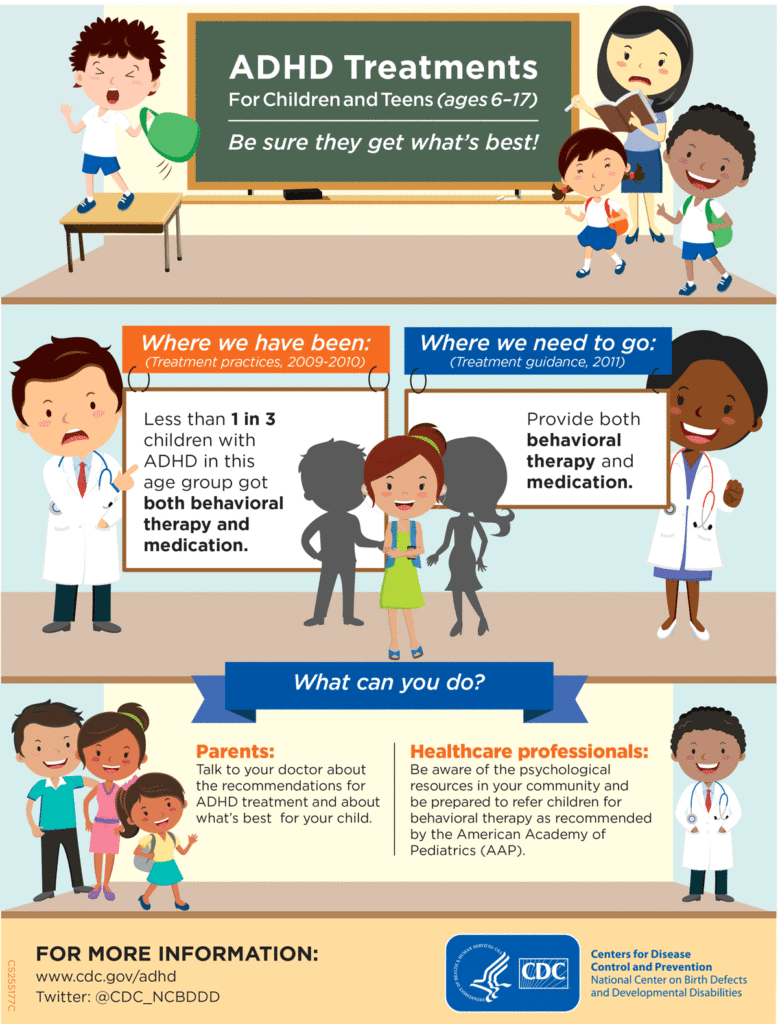“Youngest children in class more likely to be labelled hyperactive,” The Times reports. A Finnish study raises the possibility that some children may have been misdiagnosed with ADHD, when in fact their behaviour was age-appropriate.
Attention deficit hyperactivity disorder (ADHD) is a group of behavioural symptoms that include inattentiveness, hyperactivity and impulsiveness.
The researchers found that the youngest children in each school year were more likely to be diagnosed with ADHD compared with the oldest children in the year. This was the case for both boys and girls.
It seems plausible that younger children may generally find it harder to keep up in class and may be more likely to be distracted than older children.
However, the study doesn’t prove that the month in which a child is born directly and independently causes or increases risk of ADHD. Many other related factors – hereditary, environmental, social and lifestyle – are also likely to play a part.
It is also difficult to know how far this finding from Finland applies to children in the UK, given the differences in schooling systems and in the way ADHD is managed.
In the UK, a diagnosis of ADHD is usually only made with confidence if it is confirmed by a specialist, such as a child or adult psychiatrist, or a paediatrician.
Where did the story come from?
The study was carried out by researchers from the University of Nottingham, the Institute of Mental Health, Nottingham, the University of Turku and Turku University Hospital, Finland. It was published in the peer-reviewed medical journal Lancet Psychiatry.
The research was funded by the Academy of Finland, the Finnish Medical Foundation, Orion Pharma Foundation and the Finnish Cultural foundation.
The UK media covered the story accurately but the fact that the findings couldn’t necessarily be applied to the UK population was not discussed.
What kind of research was this?
This was a cross-sectional study in which the researchers counted how many of the children born in Finland between 1991 and 2004 received a diagnosis of attention-deficit hyperactivity disorder (ADHD) from the age of seven onwards.
They then compared the children with and without ADHD, looking specifically at when in the year the children were born, age at diagnosis and time period (month of the year) in which diagnosis happened.
Although this is a suitable type of study for looking at trends, it doesn’t tell us much about other factors which could influence the chances of developing ADHD. For example, the study did not look at how many siblings each child had, and whether siblings were older or younger than the child.
A better study design would be a cohort study, in which a group of children could be followed up over time and more features could be measured. However, cohort studies can be impractical, expensive and time consuming, whereas the approach the researchers used enabled them to study a far larger number of children.
What did the research involve?
The research involved looking at the number of children diagnosed with ADHD from the age of seven onwards, during the period 1998 to 2011 (i.e. those born between 1991 and 2004). The researchers collected data from two existing sources:
The Finnish Hospital Discharge Register, used to find out how many children had been diagnosed with ADHD during the study period.
The Population Information Centre, used to collect data on the number of children in total in the population and their month and year of birth.
The study did not include children who were twins or multiples or those who had severe or profound intellectual disabilities. The study did, however, include children who had conduct disorder, oppositional defiant disorder or learning (development) disorders alongside ADHD.
When analysing the data, the researchers looked at a number of different trends, including rates of ADHD by birth month, by calendar period (January to April vs May to August vs September to December), by gender, and whether having other related conditions such as learning disorders affected the results.
What were the basic results?
During the whole study period there were 6,136 eligible diagnoses of ADHD out of a total of 870,695 children born from 1991 to 2004. Most of those ADHD diagnoses were in boys (5,204 vs 932 in girls).
Compared with the oldest children who were born in the first period of the year (January to April) those born in the latter period (September to December) were more likely to be diagnosed with ADHD.
Boys born in the last period were 26% more likely to be diagnosed with ADHD than those in the first period (incidence rate ratio: 1.26; 95% confidence interval (CI): 1.18 to 1.35), while girls were 31% more likely (incidence rate ratio: 1.31; 95% CI: 1.12 to 1.54).
How did the researchers interpret the results?
The researchers conclude that in a health service system like Finland’s that prescribes little medication for ADHD, a younger relative age was linked with an increased likelihood of receiving a clinical diagnosis of ADHD.
They suggest: “Teachers, parents, and clinicians should take relative age into account when considering the possibility of ADHD in a child or encountering a child with a pre-existing diagnosis.”
Conclusion
Previous studies have provided mixed findings on whether age in the school year is linked with ADHD. This new study benefits from its use of a large quantity of data.
It found some interesting trends, and suggests younger children in any given school year are more likely to be diagnosed with ADHD. This finding seems plausible. You can imagine that younger children may find it harder to keep up in a class with those almost a year older than themselves and may therefore get distracted more easily.
However, it is unclear how well these trends apply to the UK population for several reasons:
In Finland the school year is structured slightly differently and children start school at a later age than they do in the UK. This means that children in the UK are exposed to the school environment at a different point in their development, which in turn could affect their behaviour.
The researchers state that Finland has relatively low diagnosis rates of ADHD and suggest that this is due to a more conservative approach to diagnosis. So it might be hard to compare the numbers of children who have been diagnosed with ADHD across the two countries.
As the researchers noted, the number of diagnoses may not be completely accurate. Teachers may have a role in the initial referral of children to be assessed for ADHD. This could lead to under-diagnosis of ADHD if some teachers do not recognise possible signs of ADHD for some children.
Perhaps most importantly, as a cross-sectional study, this research cannot prove that age in the school year on its own increases risk of ADHD.
There may be a wide range of factors that influence whether a child – young or old in their school year – may be risk of ADHD. These may include hereditary factors, home environment, school environment, peer groups, and even diet and lifestyle. The study only looked at a limited number of variables which might be associated with having ADHD.
So we can’t be sure how strong the relationship between relative age and behaviour really is.
In the UK, while a teacher may raise potential red flags for ADHD (or other behavioural and developmental conditions), a diagnosis would need to be made by a specialist.





